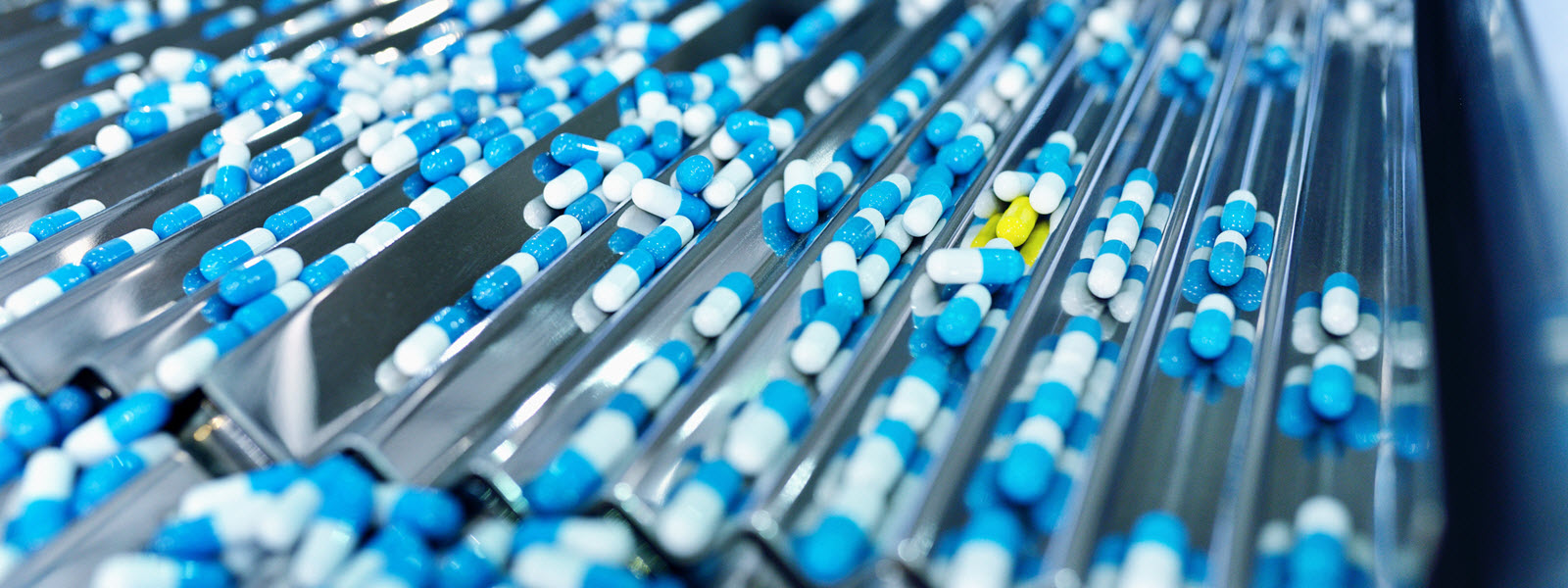This is the final post in our brief series on drug safety. If you missed any of the previous posts, here are the links:
- Why Monitoring Adverse Events And Drug Safety Signals Matters
- What Exactly Is An “Adverse Drug Reaction?”
- The Role Of Signal Detection In Drug Safety
- What Pharmacovigilance Means And Why It Matters
In this week’s post, we’re discussing the ongoing monitoring of drug safety once a drug is on the market.
Where do safety signals come from in the world of drug development? They come from two broad areas, the first being clinical trials. Clinical trials are the way in which companies prove the safety and efficacy of their drugs in order to get them approved by various regulatory agencies. Even in their largest state with the most patients enrolled, clinical trials tend to be relatively small when compared to the potential reach of a product in the general public.
Clinical trials are typically not very diverse, especially when it comes to demographics such as race, gender, and ethnicity. They also tend to lack patients who are being treated for multiple conditions and/or who are receiving multiple therapies for a single condition. These are aspects of the real world that are essentially excluded from the clinical trial bubble.
This leads us to the second source of safety signals: the post-marketing area, in which a product that has been approved for general use hits a much more diverse and widespread community.
Historically, spontaneous reporting systems (or systems that rely on physicians and patients to report potential adverse events to the appropriate authorities) have been the go-to repository for gathering information and signals for particular drugs. However, there are problems with using spontaneous reporting systems, such as MedWatch, the United States Food and Drug Administration’s (FDA) safety information and adverse event reporting program. This is primarily due to a significant under-reporting of events. In fact, some journal articles suggest that only 10-15% percent of adverse drug reactions are reported.
While the reporting of adverse drug reactions is low, new and promising initiatives and methods are changing the way post-marketing analysis is performed. One example comes from the FDA’s Sentinel Initiative, which is using electronic healthcare data for signal evaluation. This concept combines data from disparate sources, ultimately enabling drug safety surveillance to be performed both proactively and in a holistic manner.
Mining a variety of data sources for safety signals, even social media, is becoming more prevalent in the industry and more feasible for pharmaceutical companies to perform. As the technology available to mine and analyze data becomes more effective and intuitive, the industry’s ability to detect signals will greatly improve.

